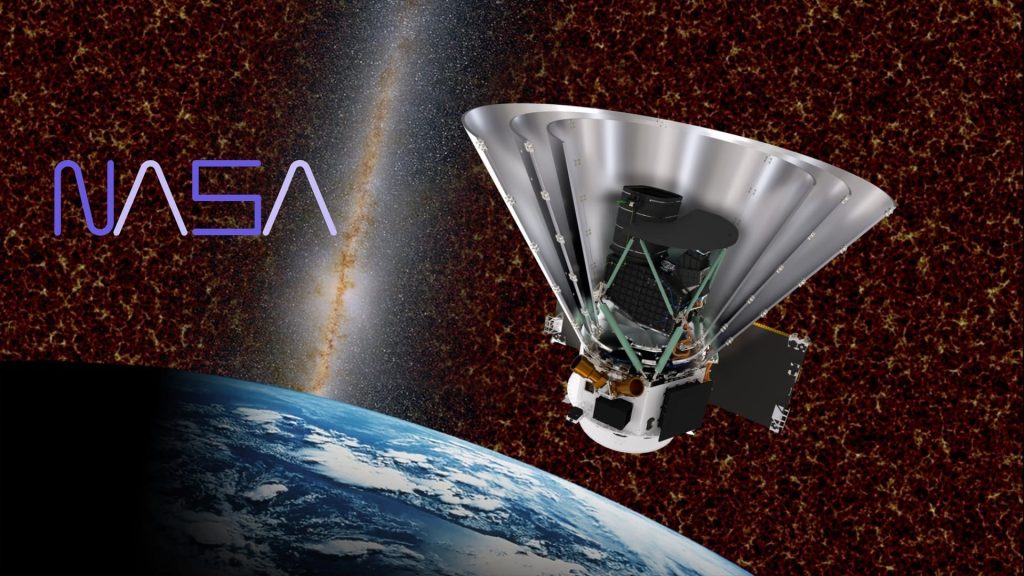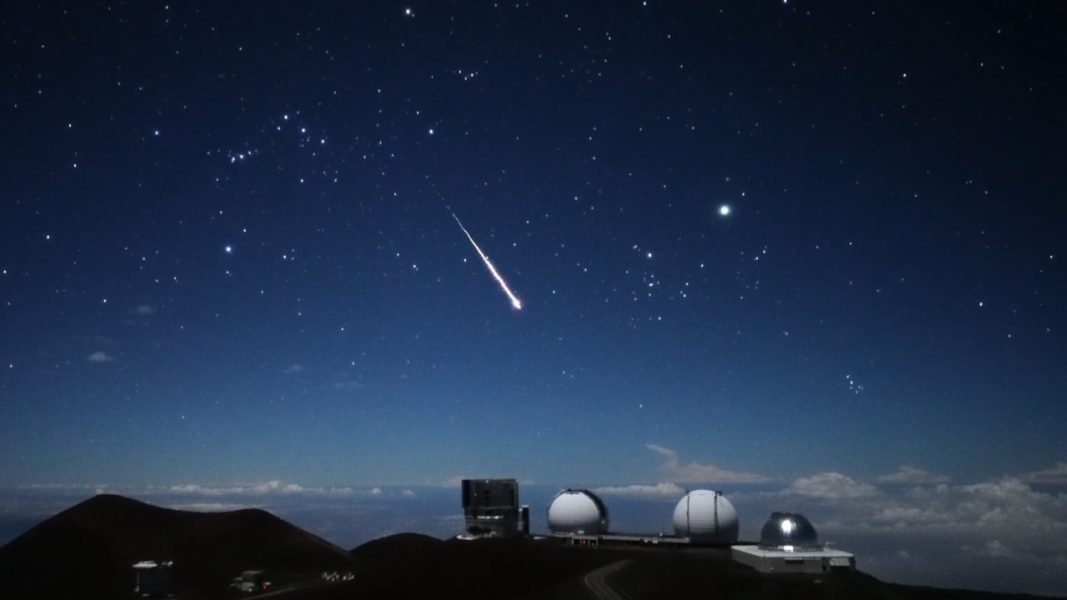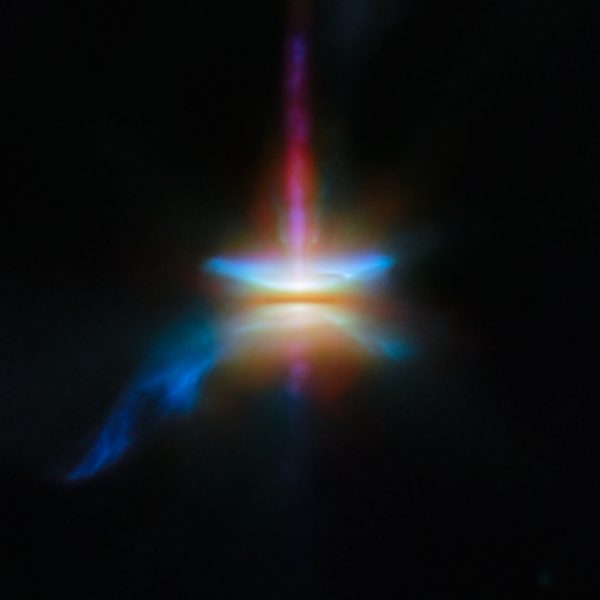Five key facts about SPHEREx, NASA’s new space telescope – The Daily Galaxy –Great Discoveries Channel

NASA is preparing to launch its latest space observatory, SPHEREx (Spectro-Photometer for the History of the Universe, Epoch of Reionization, and Ices Explorer), a mission that promises to revolutionize our understanding of the cosmos. Scheduled for launch on February 27, 2025, from Vandenberg Space Force Base in California, SPHEREx will map the entire sky in an unprecedented way, capturing data in 102 infrared colors. This telescope will provide crucial insights into the origins of the universe, the formation of galaxies, and even the ingredients for life within our own Milky Way. Here are five key facts about this groundbreaking mission.One of SPHEREx’s main goals is to study cosmic inflation, a theoretical event that took place a fraction of a second after the Big Bang nearly 14 billion years ago. This inflation caused the universe to expand exponentially in an instant, shaping the large-scale structure of the cosmos we observe today. The effects of this early expansion are still imprinted on the universe, influencing how galaxies are distributed in space.SPHEREx will conduct a deep survey of over 450 million galaxies to detect patterns in their distribution. These patterns will provide indirect evidence of the fundamental forces that governed the universe’s inflationary phase. By analyzing this data, scientists hope to gain a deeper understanding of the physical laws that dictated the birth of the universe—a major unsolved mystery in cosmology.While telescopes like Hubble or the James Webb Space Telescope (JWST) focus on capturing high-resolution images of individual celestial objects, SPHEREx will take a different approach by measuring the total light emitted by all galaxies in the universe, including those too faint to be detected individually. This method allows astronomers to estimate the total energy output of galaxies across cosmic history.By analyzing this background light, SPHEREx will help scientists understand how galaxies formed and evolved over time. This will be particularly useful for studying distant, early galaxies that existed when the universe was still young. Because light takes time to travel across space, observing this background glow will essentially allow scientists to look back in time and piece together the story of galaxy formation on the grandest scale.SPHEREx is not just focused on distant galaxies; it will also investigate our own Milky Way, searching for the molecular ingredients necessary for life. Many key compounds—such as water (H₂O), carbon dioxide (CO₂), and complex organic molecules—exist in the cold interstellar clouds where new stars and planets are born. These molecules freeze onto dust grains, forming icy mantles that later contribute to the material makeup of planets and comets.By mapping the locations of these icy compounds, SPHEREx will help scientists understand how these essential building blocks are distributed across our galaxy. This research will shed light on the chemical conditions in regions where planetary systems, like our own, are forming. If certain molecules are common in planetary nurseries, it increases the chances that life-supporting conditions exist elsewhere in the universe.SPHEREx is designed to work alongside other powerful observatories rather than replace them. While Hubble, JWST, and ground-based telescopes focus on specific celestial objects, SPHEREx will take a broad, panoramic approach, surveying the entire sky. The massive amount of data it collects will act as a roadmap for future, more detailed investigations.For instance, if SPHEREx detects an unusual concentration of certain molecules around a young star, telescopes like JWST can conduct high-resolution follow-up studies. Likewise, if it identifies unusual infrared light patterns, astronomers can use other telescopes to pinpoint the source and investigate further. This collaborative approach ensures that SPHEREx will play a critical role in guiding future astronomical discoveries.Unlike previous sky surveys, SPHEREx will capture the cosmos in an unparalleled range of 102 infrared colors. This will result in the most detailed all-sky infrared map ever produced, giving astronomers a treasure trove of data to explore. By detecting variations in color and brightness, scientists can determine the composition and age of celestial objects, whether they are distant galaxies, nearby stars, or interstellar clouds.One of the most exciting aspects of this survey is that it will likely uncover unexpected phenomena. When large-scale maps like this are created, new cosmic mysteries often emerge—objects or structures we didn’t even know to look for. This data will remain a valuable resource for decades, assisting future missions and deepening our understanding of the universe.Got a reaction? Share your thoughts in the commentsEnjoyed this article? Subscribe to our free newsletter for engaging stories, exclusive content, and the latest news.Comment Save my name, email, and website in this browser for the next time I comment.
© 2024 | Daily Galaxy | All rights reserved
Source: https://dailygalaxy.com/2025/02/five-key-facts-about-spherex-nasas-new-space-telescope/






